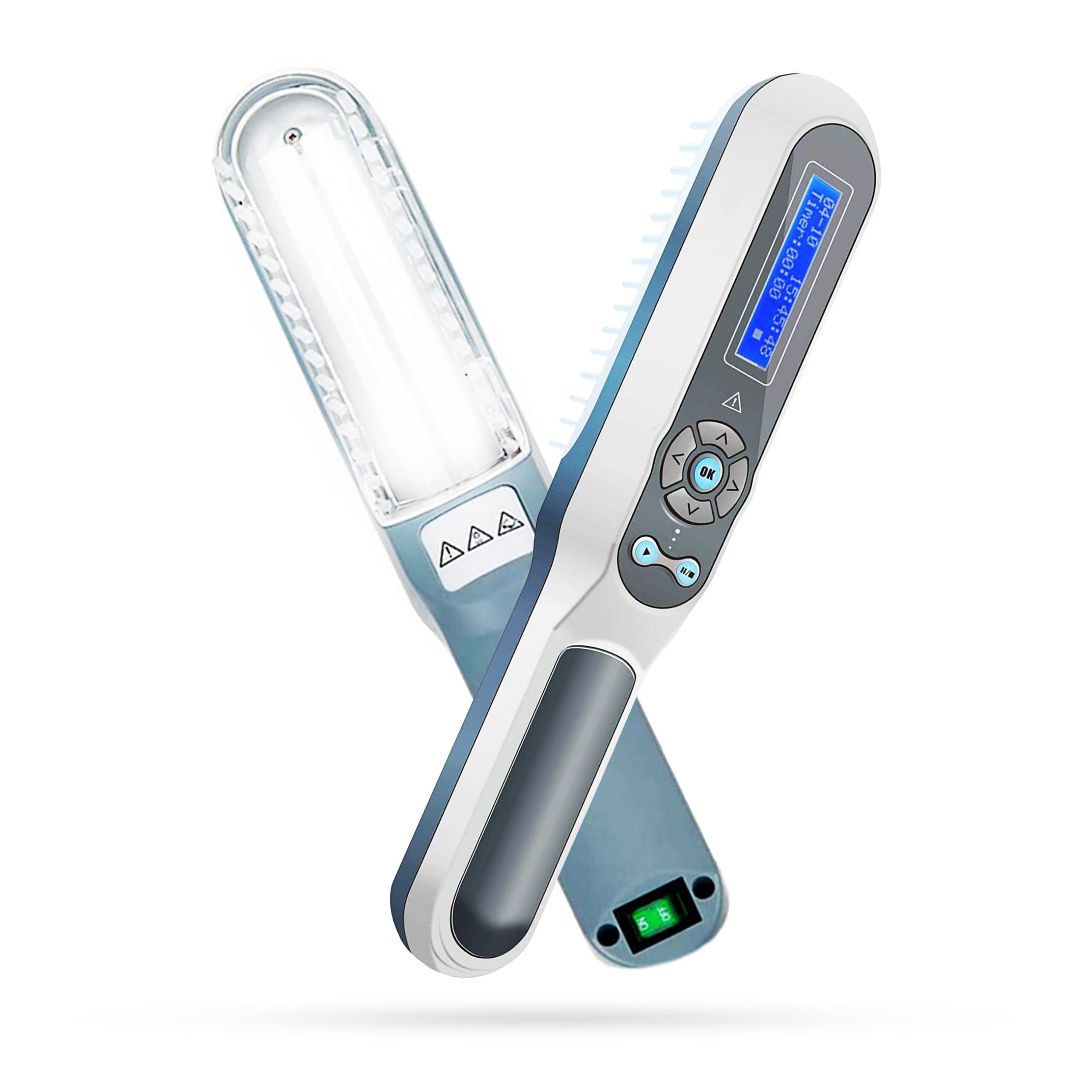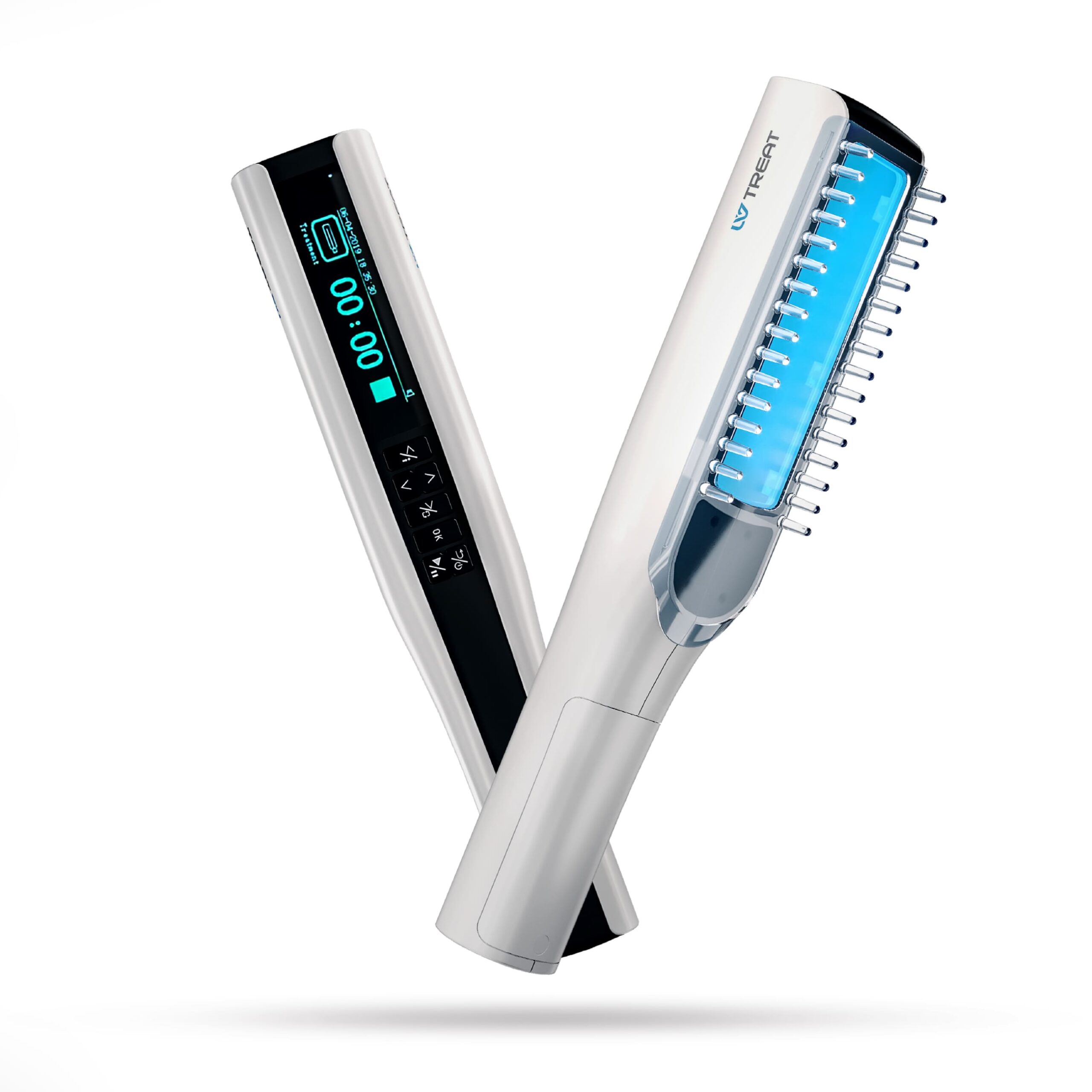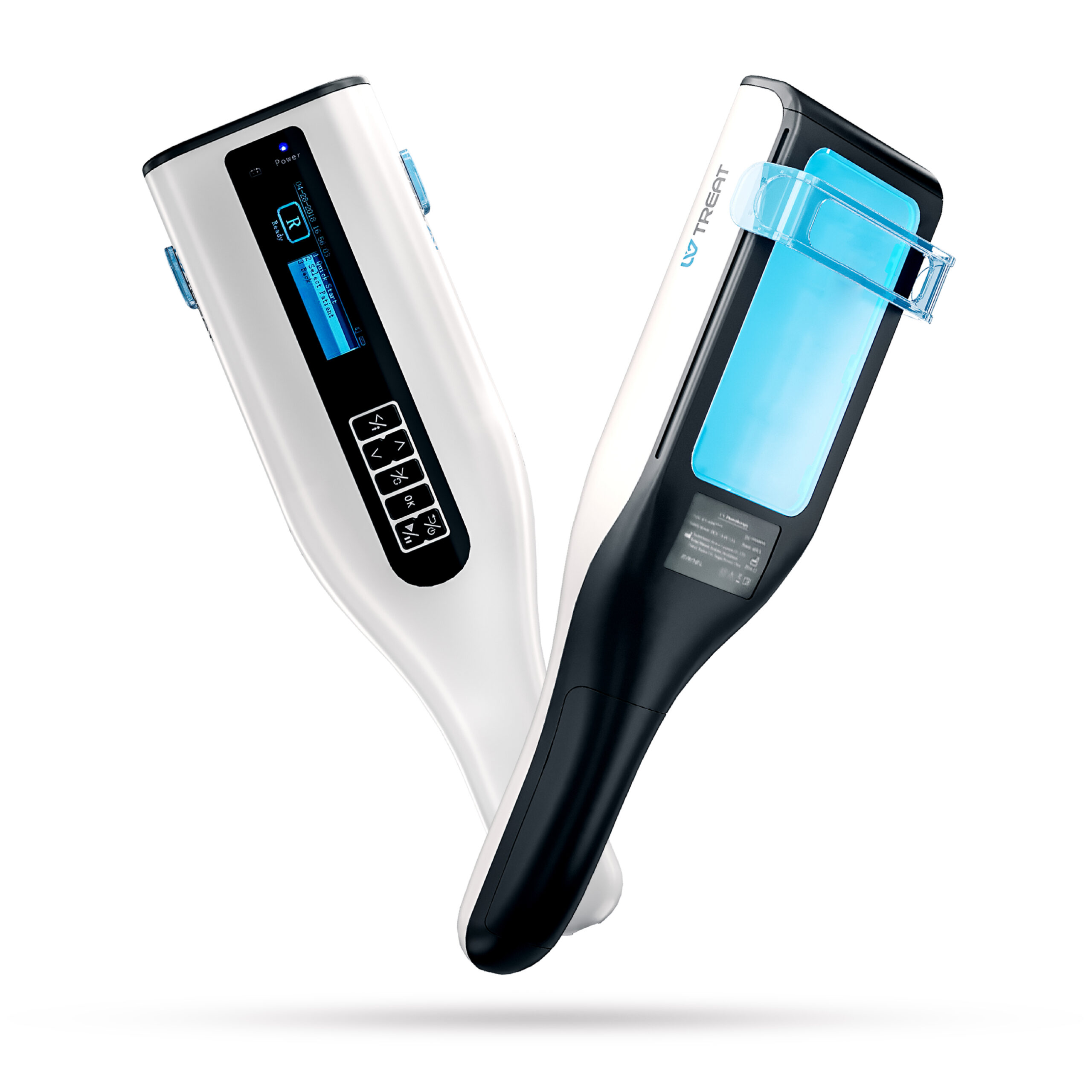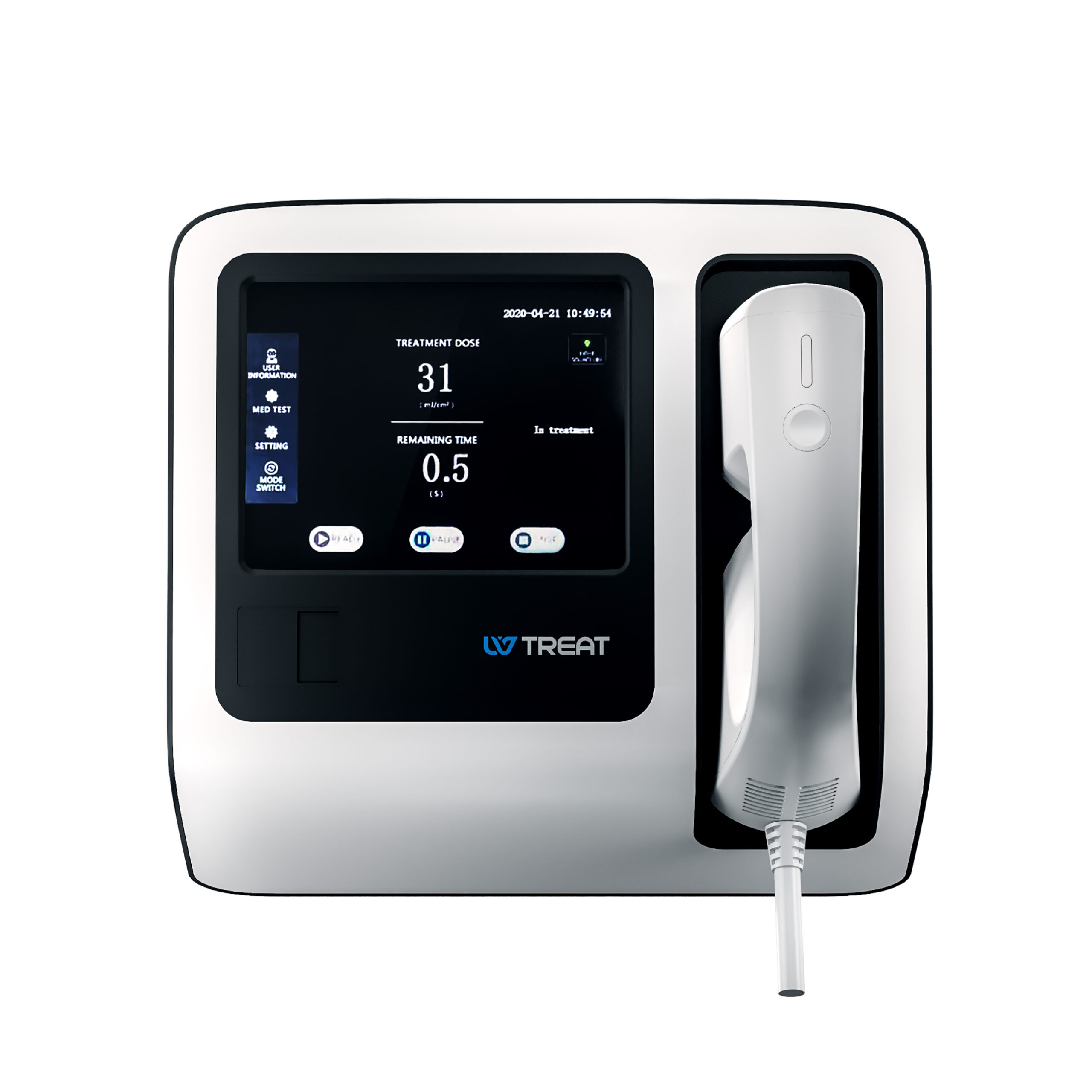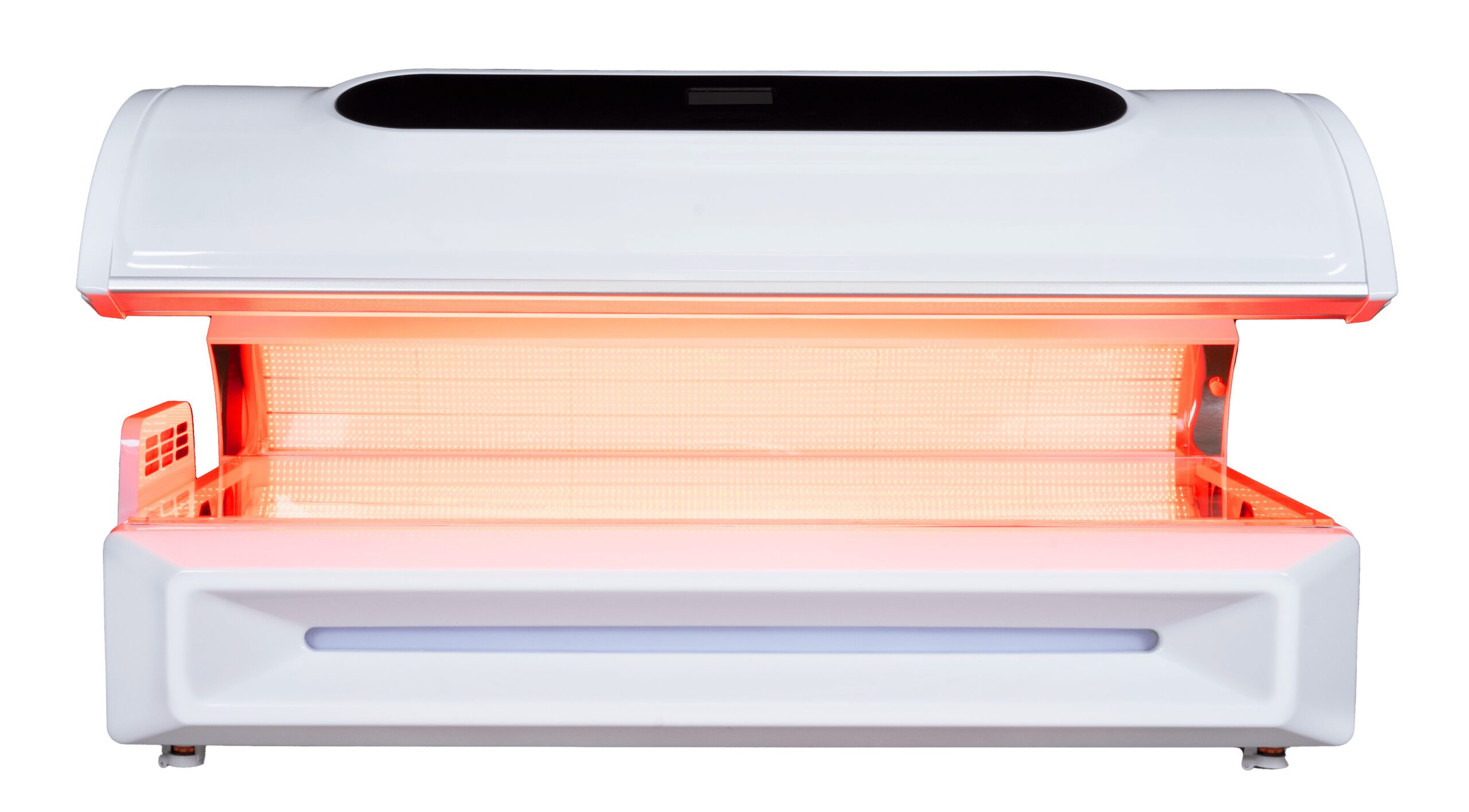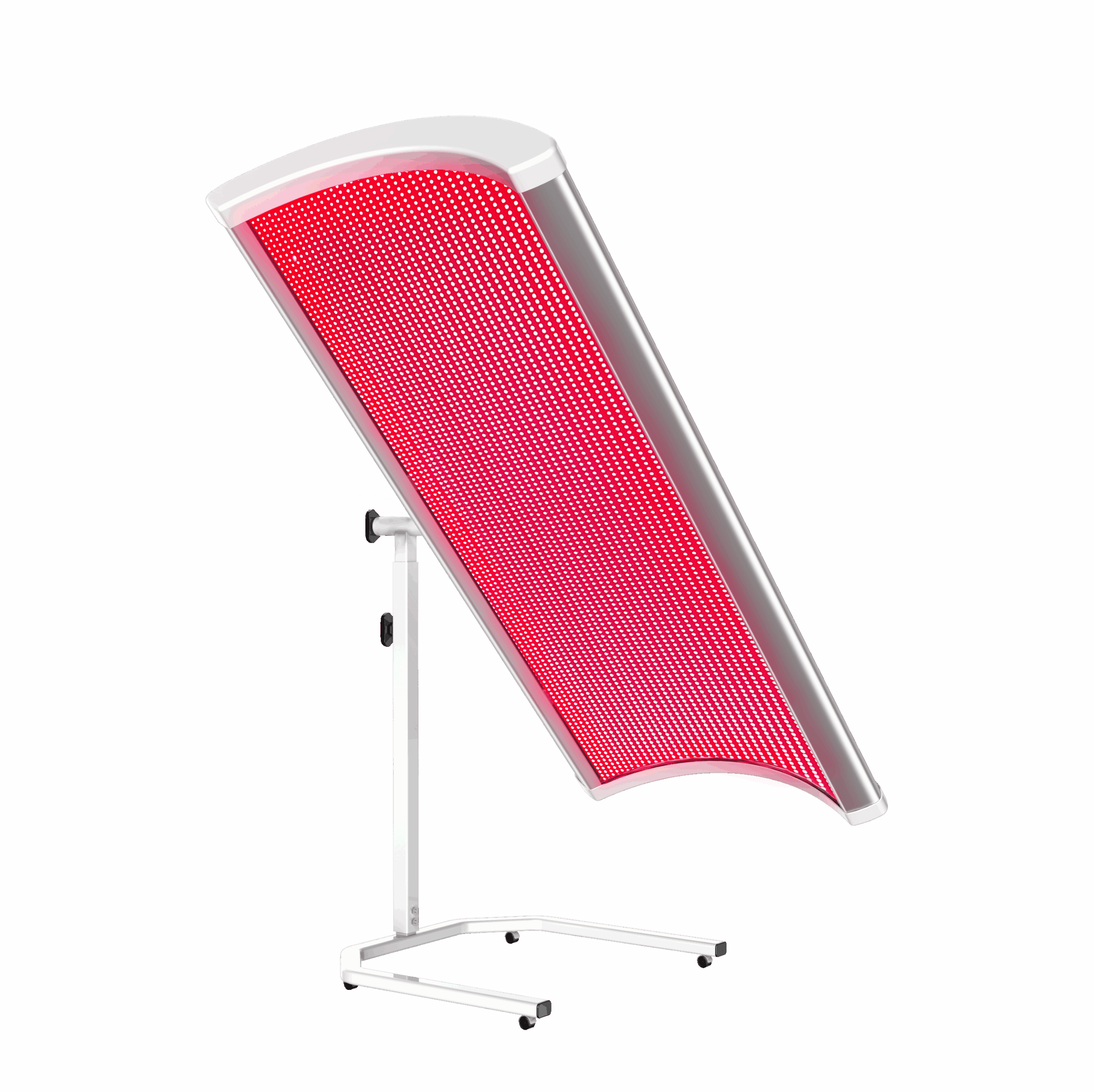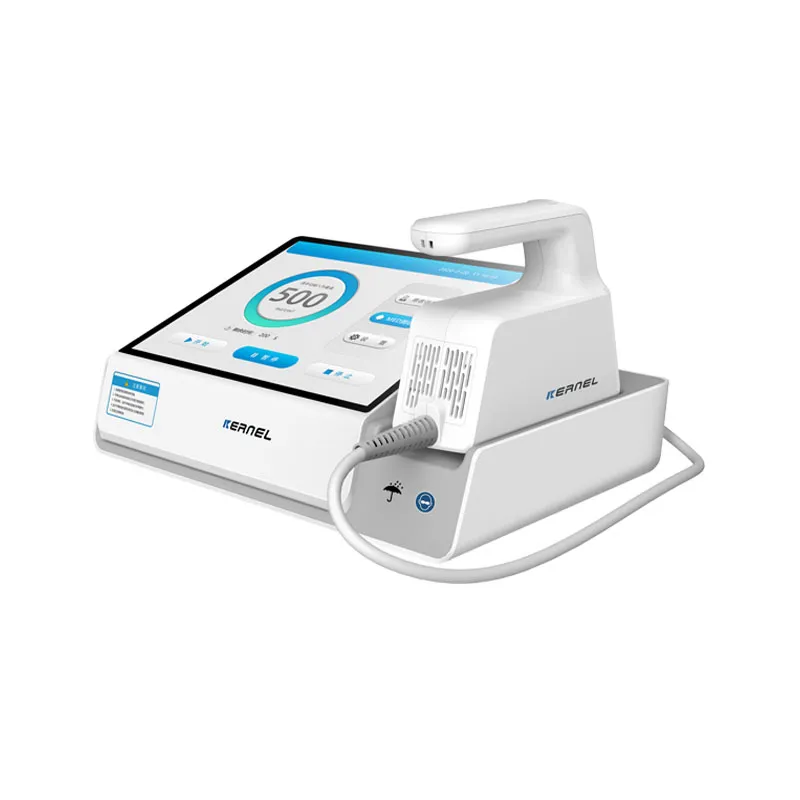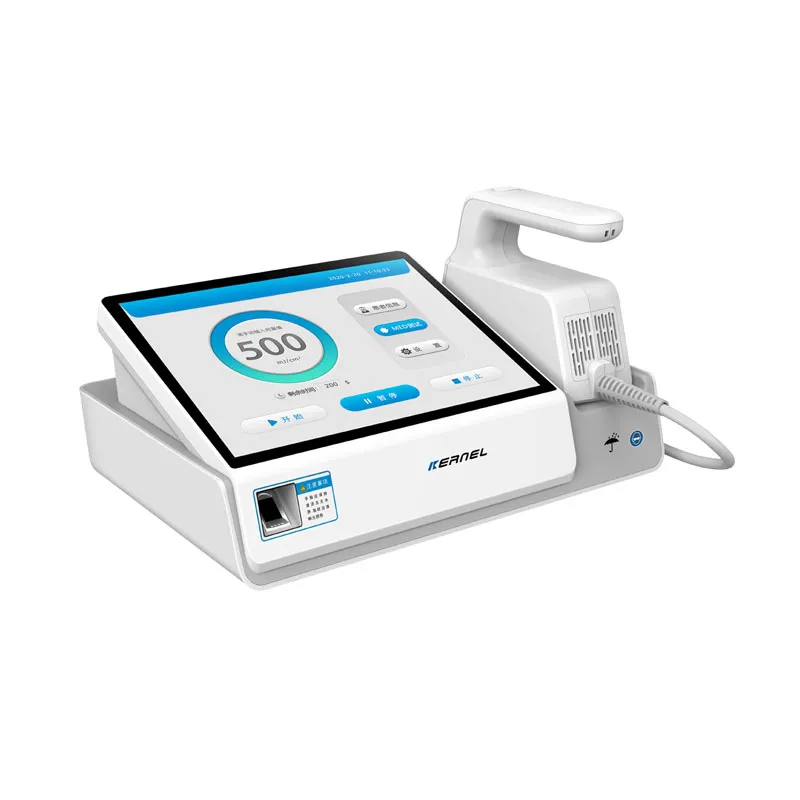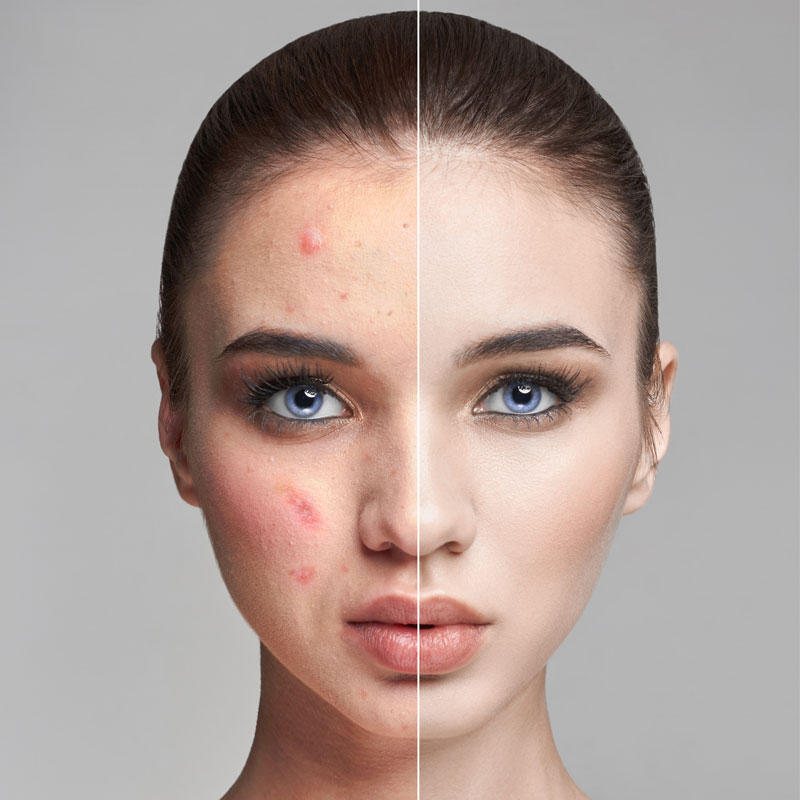What are the Key Differences in Symptoms Between Parapsoriasis and Psoriasis?
Parapsoriasis and psoriasis, while sharing some superficial similarities, exhibit distinct symptoms. Psoriasis, characterized by thick, inflamed plaques covered in silvery scales, is a common skin condition affecting about 2-3% of the global population (National Psoriasis Foundation, n.d.). These plaques are typically found on elbows, knees, and the scalp. In contrast, parapsoriasis presents with thinner, smaller plaques, primarily affecting the trunk, with less frequent involvement of the arms and legs. A crucial aspect in distinguishing between these two conditions is the plaque size and thickness, which can guide clinical diagnosis and management.
Distinguishing Between Parapsoriasis and Psoriasis in Clinical Presentations
Healthcare professionals distinguish between parapsoriasis and psoriasis based on clinical presentations. The plaques from psoriasis are well-defined, thick, and inflamed, compared to the more subtle and less-defined lesions of parapsoriasis. A study by Ploysangam et al. (1997) found that psoriasis plaques often exhibit a higher degree of inflammation and scaling than those seen in parapsoriasis. This difference in plaque appearance and distribution pattern on the body is critical for clinicians during physical examination and diagnosis.
Diagnostic Criteria for Parapsoriasis and Psoriasis

Differentiating parapsoriasis from psoriasis involves specific diagnostic criteria. A biopsy, which reveals distinct histopathological features in the skin tissue, is a common diagnostic tool. According to the American Academy of Dermatology (AAD), psoriasis typically shows a thicker stratum corneum and features such as parakeratosis, whereas parapsoriasis demonstrates less epidermal thickening and may show lymphocytic infiltration (2021). These histological differences are vital for accurate diagnosis.
Skin Manifestations of Parapsoriasis vs. Psoriatic Lesions
Skin manifestations associated with parapsoriasis are often less pronounced than those in psoriatic lesions. Parapsoriasis tends to have less scaling and thinner plaques. The National Institute of Arthritis and Musculoskeletal and Skin Diseases (NIAMS) notes that psoriasis is marked by raised, red patches covered with thick, silvery scales, distinctly different from the more subtle presentations of parapsoriasis (2020). These differences in lesion appearance are key for distinguishing the two conditions.
Underlying Pathology: Parapsoriasis vs. Psoriasis
The underlying pathology of parapsoriasis differs significantly from that of psoriasis. Psoriasis is known as an autoimmune condition, often linked to genetic factors, and is characterized by an accelerated skin cell growth cycle. The World Health Organization (WHO) reports that psoriasis involves immune-mediated processes, leading to inflammation and rapid turnover of skin cells (2016). In contrast, the etiology of parapsoriasis remains less understood and is considered a benign skin disorder with a potential risk of progressing to cutaneous T-cell lymphoma, especially in its large plaque form.
Treatment Approaches for Parapsoriasis and Psoriasis
Treatment strategies for parapsoriasis and psoriasis vary. Parapsoriasis is generally treated with mild topical steroids and phototherapy, focusing on symptom relief. The American Academy of Dermatology (2021) notes that these treatments aim to manage symptoms rather than cure the condition. Psoriasis treatment, on the other hand, often involves stronger topical steroids, systemic medications, and biologics, aimed at reducing inflammation and controlling the autoimmune response. A study by Armstrong et al. (2013) in the Journal of the American Academy of Dermatology indicates that systemic treatments for psoriasis can significantly improve life quality for patients.
Unique Challenges in Treating Parapsoriasis Compared to Psoriasis
Treating parapsoriasis presents distinct challenges compared to psoriasis, primarily due to its potential progression. One illustrative use case involves a patient initially diagnosed with large plaque parapsoriasis. Over time, without adequate monitoring and management, this condition evolved into mycosis fungoides, a form of cutaneous T-cell lymphoma. This progression underscores the importance of vigilant monitoring and potentially more aggressive treatment strategies for large plaque parapsoriasis. According to Willemze et al. (2005) in the Archives of Dermatology, patients with large plaque parapsoriasis require frequent follow-ups and may need more intensive treatment options compared to standard parapsoriasis cases. In contrast, psoriasis treatment typically focuses on managing chronic autoimmune activity and preventing flare-ups, with less emphasis on the risk of progression to more serious conditions. This difference highlights the unique approach required in treating parapsoriasis, especially in its more severe forms.
Phototherapy and UVB Light Therapy: Addressing the Challenges in Treating Parapsoriasis
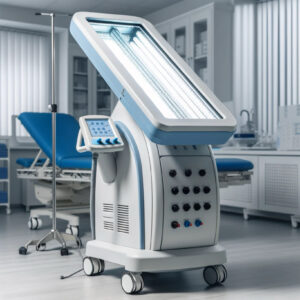
Treating parapsoriasis, particularly large plaque parapsoriasis, involves unique challenges, notably the potential use of phototherapy, including UVB light therapy, as a crucial treatment strategy. When large plaque parapsoriasis does not respond adequately to topical treatments, phototherapy becomes a significant consideration. The American Academy of Dermatology (2021) recognizes the efficacy of narrowband UVB light in treating skin conditions like parapsoriasis, as it helps to slow down the rapid growth of skin cells. This approach is particularly vital in cases with a risk of progression to mycosis fungoides, a type of cutaneous T-cell lymphoma.
A practical use case of UVB phototherapy in treating parapsoriasis involves a patient with persistent large plaque lesions. For such patients, regular narrowband UVB therapy sessions can lead to marked improvement, especially when topical steroids are ineffective. As emphasized by Willemze et al. (2005) in the Archives of Dermatology, intensive treatments, including phototherapy, are crucial in managing the risk of parapsoriasis progressing to more severe conditions.
In contrast, while psoriasis treatment may also employ phototherapy, its goals differ, focusing on controlling inflammation and plaque formation. This distinction underscores the varied therapeutic objectives and approaches in managing parapsoriasis compared to psoriasis.
Prognosis and Long-Term Outlook: Parapsoriasis vs. Psoriasis
The prognosis and long-term outlook for parapsoriasis and psoriasis differ. Small plaque parapsoriasis usually has a benign course, but vigilance is needed for large plaque variants due to potential malignancy risks. The National Psoriasis Foundation (n.d.) states that psoriasis, although a chronic condition, can be effectively managed with treatment, with many patients experiencing periods of remission. Early and consistent treatment is key to managing both conditions effectively.
Risk Factors: Parapsoriasis vs. Psoriasis
Certain risk factors predispose individuals to parapsoriasis or psoriasis. Genetic predispositions play a significant role in psoriasis, as noted by the World Psoriasis Day consortium (2019). Environmental factors, such as stress and skin trauma, can also trigger psoriasis. The specific causes and risk factors for parapsoriasis are less clear, though it predominantly affects middle-aged adults. Understanding these risk factors is crucial for early identification and management of these conditions.
Early Detection and Management of Parapsoriasis and Psoriasis
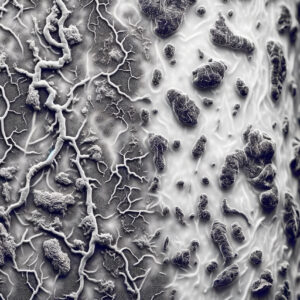
Early detection and accurate diagnosis play a pivotal role in the management of parapsoriasis and psoriasis. According to the American Academy of Dermatology (2021), early intervention in psoriasis can prevent complications such as psoriatic arthritis and improve the overall quality of life. Similarly, early identification of parapsoriasis, particularly the large plaque variant, is essential for monitoring and preventing potential progression to lymphoma. Accurate diagnosis and prompt treatment are fundamental in managing these skin conditions effectively.
Concluding Advice and Guidance: Navigating Treatment for Parapsoriasis and Psoriasis
As we explore the complexities of managing parapsoriasis and psoriasis, it’s crucial to recognize the importance of individualized treatment plans and the evolving role of innovative therapies. One such promising treatment is phototherapy, which has shown considerable effectiveness in managing these skin conditions. Particularly for parapsoriasis, narrowband UVB phototherapy, as endorsed by the American Academy of Dermatology (2021), can be a game-changer in preventing disease progression.
The Role of Phototherapy and Portable Devices
Advancements in medical technology have introduced at-home portable phototherapy devices, offering a convenient and effective treatment option. These devices can be particularly beneficial for individuals with busy lifestyles or limited access to in-office treatments. However, it’s imperative to use these devices under the guidance of a healthcare professional to ensure safety and efficacy. Consulting with a dermatologist can provide insights into the appropriate device and treatment regimen suited to your specific condition.
The Importance of Specialist Consultation

No matter the similarities or differences between parapsoriasis and psoriasis, the key to effective management lies in early detection and specialist consultation. Dermatologists can provide a comprehensive evaluation, accurate diagnosis, and tailor a treatment plan that may include the latest therapies and technologies. Remember, each case is unique, and what works for one patient may not be suitable for another.
Empowering Patients Towards Better Skin Health
In navigating these skin conditions, empower yourself with knowledge and take an active role in your treatment. Stay informed about the latest developments in therapies like phototherapy and the use of at-home devices. Most importantly, maintain regular follow-ups with your healthcare provider. These steps, combined with a proactive approach to treatment, can lead to better management of parapsoriasis and psoriasis, enhancing your quality of life.

